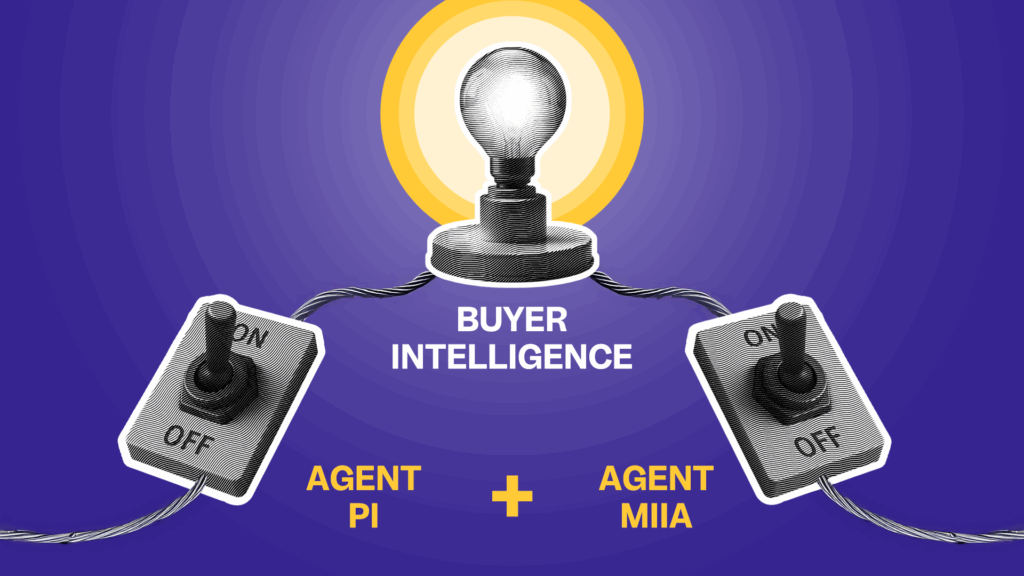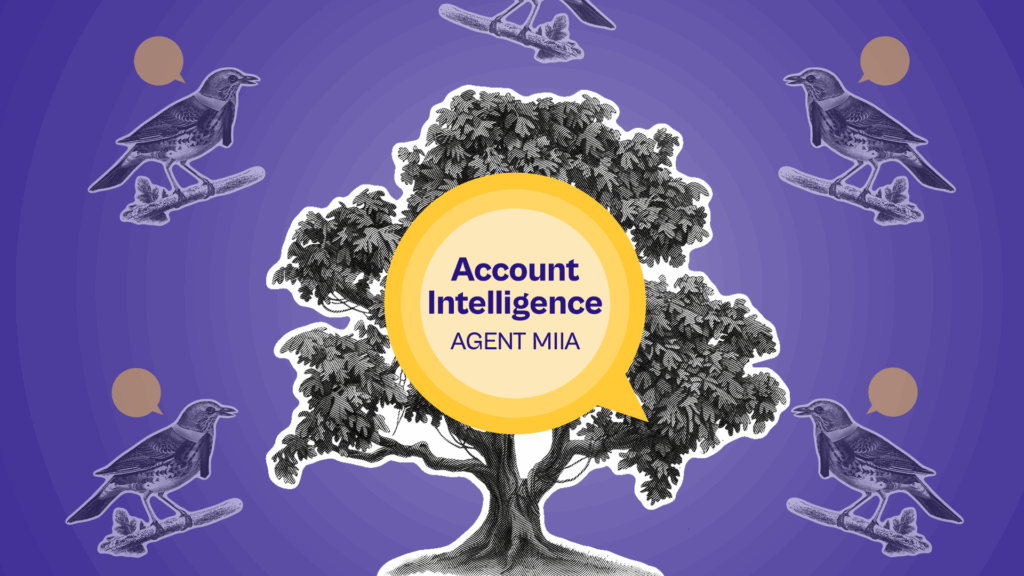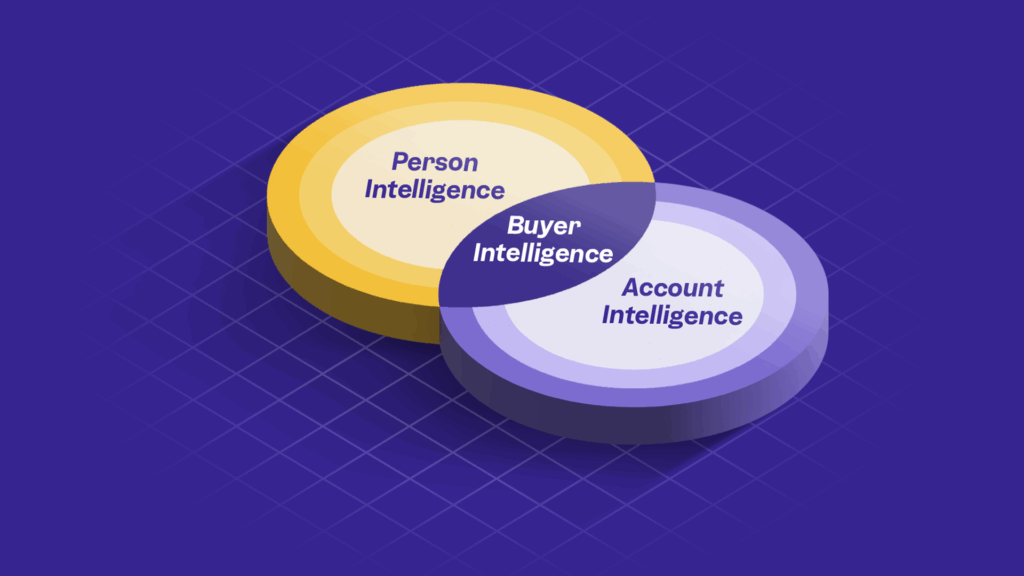We’ve all been there: the perfectly crafted pitch, full of data and proof points, falls flat. The buyer isn’t disengaged because your solution is wrong, but because your approach is.
You presented the “what” perfectly, but you missed the “how” and the “why“. The “how” they prefer to communicate, and the “why” this problem matters to them right now.
This is the fundamental gap between traditional selling and modern, human-centric sales. Closing it requires moving beyond basic demographics and firmographics into the realm of Buyer Intelligence.
What is Buyer Intelligence And How It Differs From Buyer Intent?

Many teams rely on Buyer Intent Data to tell you who is actively in-market. It’s powerful for timing, revealing which accounts are researching solutions like yours.
But intent data has a blind spot: it lacks context. You know an account is interested, but you don’t know:
- Which stakeholder to approach?
- How to frame your message to resonate with them personally?
- Why is this initiative a priority now?
Buyer Intelligence is the evolution. It combines two critical layers of context:
- People Intelligence: Understanding the individual’s personality, communication style, and motivations.
- Account Intelligence: Understanding the company’s strategic initiatives, challenges, and internal shifts.
Together, they answer not just “who is looking,” but “who to talk to, how to approach them, and why they’ll care.”
The Two Pillars of a Buyer Intelligence Strategy
To move from knowing your buyer to anticipating their next move, your strategy must be built on two pillars.

Pillar 1: Understand the Company (The “Why” of Timing)
You might be talking to the right person, but at the wrong time. A great pitch about cost-saving will fall on deaf ears if the company’s public focus is all about aggressive market expansion.
The Account Intelligence Layer helps you answer:
- What are this company’s current strategic priorities?
- Have there been recent leadership changes, hiring sprees, or funding rounds that signal a shift?
- What challenges are they likely facing in their industry?
Moving from a Generic to an Intelligent Approach:
- Generic Pitch: “Our solution helps companies improve efficiency.”
- Intelligent Engagement: “I saw your CEO’s statement about entering the European market. Our platform helped a similar company streamline their launch process by 30%, and I have some ideas for your team.”
This shows you see them not just as a target, but as a unique organization with specific goals.
Pillar 2: Understand the Person (The “How” of Engagement)

Every buyer processes information differently. A results-driven, fast-paced executive has a different communication style than a methodical, detail-oriented operator.
The People Intelligence Layer helps you answer:
- What is this person’s communication style? (Do they prefer direct, data-packed emails or relationship-building calls?)
- What are their key motivators? (Are they driven by efficiency, innovation, security, or recognition?)
- How does my natural style align with theirs, and how should I adapt?
Moving from a Generic to an Intelligent Approach:
- Generic Pitch: A long email full of features, sent to every “Dominant” type.
- Intelligent Engagement: A short, direct message to a “D-type” buyer that leads with the bottom-line impact and a clear call to action, based on an understanding of their preference for efficiency and results.
By adapting your “how” to their style, you dramatically increase engagement and build trust faster.
How to Operationalize Buyer Intelligence: From Insight to Action

The power of Buyer Intelligence isn’t in the data itself, but in its application. The goal is to weave these two pillars together into a single, cohesive strategy for every deal.
- Identify & Prioritize: Use Account Intelligence to identify in-market companies and understand their “why.” Then, use People Intelligence to pinpoint the right stakeholder and understand their “how.”
- Personalize Outreach: Craft communication that reflects the individual’s style (direct, collaborative, data-driven, etc.) and is framed within the context of the company’s current priorities.
- Anticipate Needs: In conversations, use your combined knowledge to ask insightful questions that show you understand their world, allowing you to anticipate objections and highlight relevant value props.
Conclusion: Stop Guessing, Start Connecting
In a world of generic outreach, buyers crave relevance. They expect you to understand their role, their company, and their challenges.
Buyer Intelligence is the framework that makes this possible. It’s the synthesis of understanding the human and the organization they operate within.
At Humantic AI, we build this philosophy directly into our tools. Our Buyer Intelligence platform combines:
- Agent Pi for People Intelligence, providing personality-driven communication guides.
- Agent Miia for Account Intelligence, surfacing company-specific signals and context.
Together, they empower sales teams to move beyond guesswork and build genuine, human connections that drive revenue.

